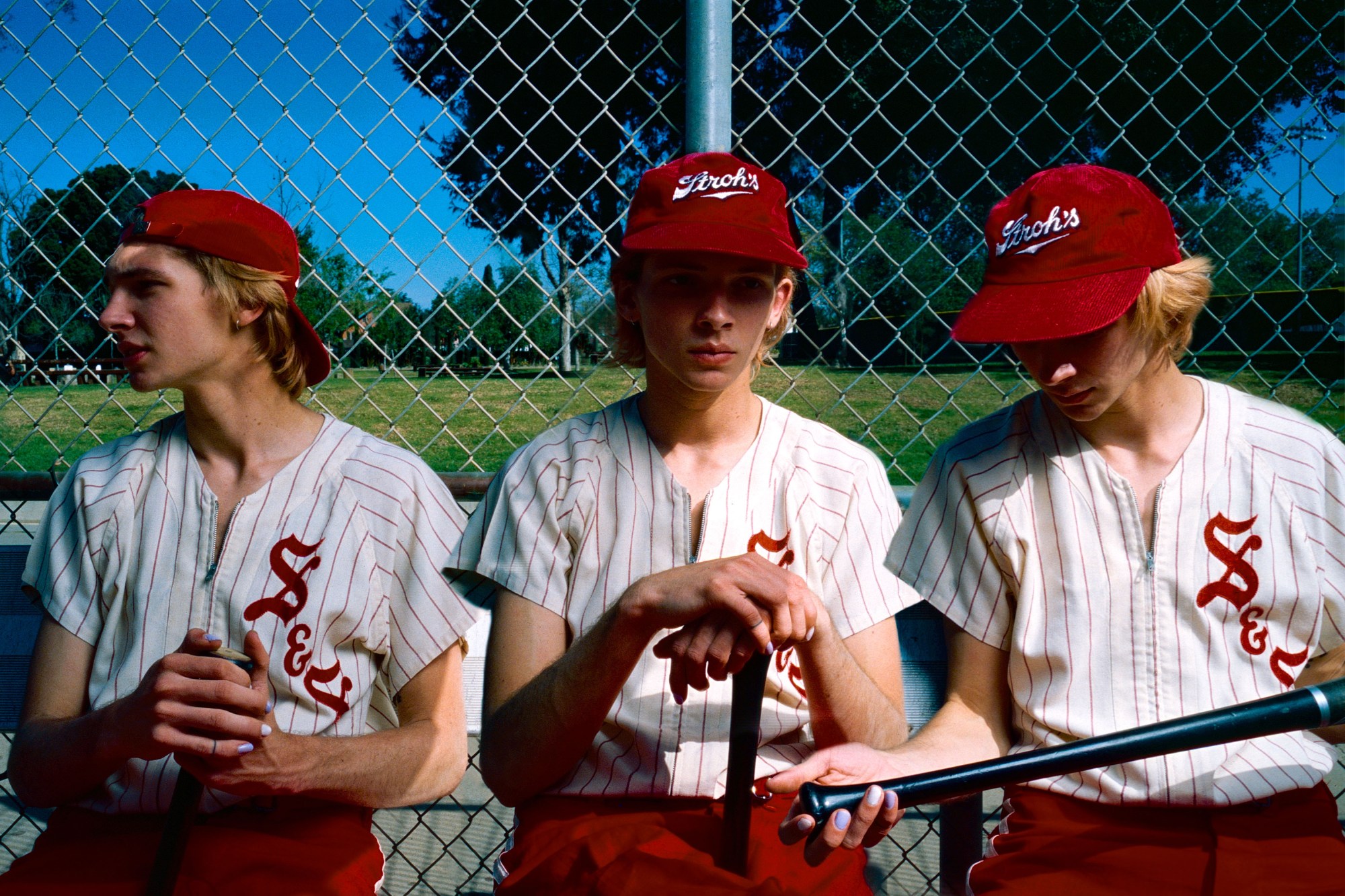For a career that’s just two years old, it’s hard to believe that Los Angeles photographer Zamar Velez has already shot the number of big names he has – a list that includes Issa Rae, Millie Bobby Brown, Olivia Rodrigo, Pharrell, and Tyler, The Creator. In fact, the young phenom’s latest gig featured YSL Beauty and their new brand ambassador, Lil Nas X. All this, while he was busy co-founding the Black Image Center, a nonprofit brick-and-mortar in L.A. that connects Black youth with tools and services in art making. And he only just quit his job at Trader Joe’s last year.
“So sick,” he says of the beloved grocery chain, confirming that Trader Joe’s employees are, in fact, the friendliest people on earth. “I would still work there now if they were OK with my weird schedule.”

Zamar possesses a wide-eyed bravura that’s boosted his reputation for delivering euphoric, hyper-realist portraits of today’s brightest creatives. At just 23 years old, he’s become a magnet for major brands and celebrities, who often tap the photographer personally for their projects. His photos look like they’ve been plucked straight out of a late-90s music video – poppy West Coast scenes blasted with direct, on-camera flash – borrowing the era’s bright and overexposed style to reflect his own gigawatt energy.
Zamar’s brand of subtly exaggerated portraiture works “like taking a studio outside, and brings this weird, surreal feeling,” he says during a visit to the Black Image Center, where he just hosted a sold-out release and show of his first photo book, Tummy Ache. The series features striking vignettes of friends and fellow creatives, from musicians Vince Staples and Omar Apollo to actors like Ryder McLaughlin, and models including Salem Mitchell and Reign Judge.

Tummy Ache represents the strange solace of standing on the cusp of something new. Zamar’s spry subjects inhabit that deeply-online concept of liminal space, the emotional and physical state of transition (or limbo) marked by an eerie déjà vu or flood of memories. The photographs are concerned with the period between adolescence and young adulthood, of firsts-and-lasts and killing time.
There are edges to Zamar’s bubblegum snapshots though. Less rosy retrospection, more glossy fever dream, there’s a sure loss of innocence to the raw nostalgia. These are adults LARPing coming-of-age scenes. Which is why the playground behaviour doesn’t feel derivative or saccharine. Tummy Ache reminds us what it’s like to be a kid from the comfortable vantage point of experience.
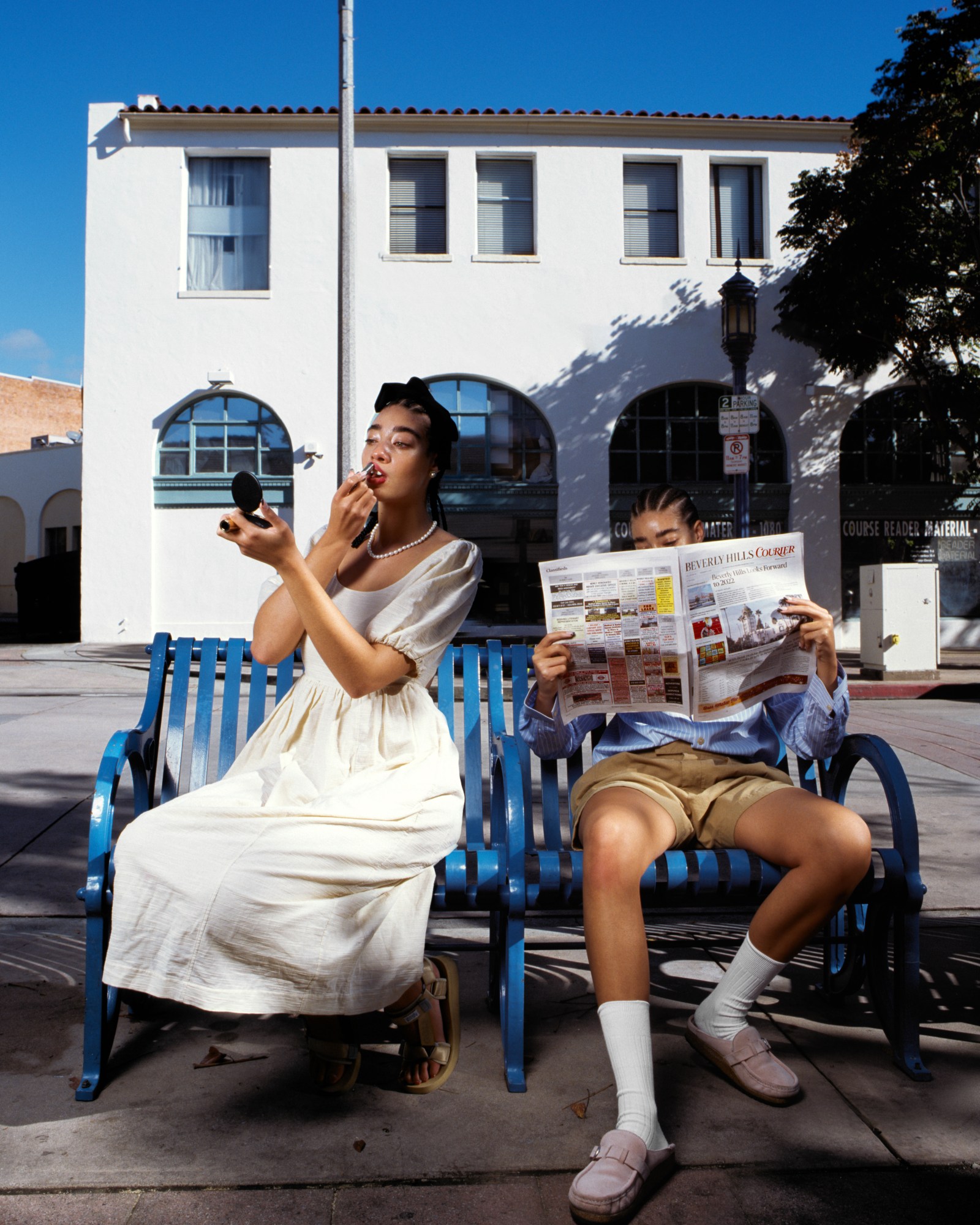
“I’m kind of a big child,” Zamar says. His laid back personality reflects his creative process, which starts with a hang before every shoot. “Just to talk and break down the little walls that everyone has makes for a better photo,” he says. “I reference a lot of 90s editorials where a lot of them were just people going out with their friends and taking pictures, and that’s the energy that I’ve been trying to capture.”
The series’ main sources of inspiration came from vintage Interview Magazine copies and the work of Elaine Constantine. There are other references, like the flashy, in-your-face documentary-type photography from Martin Parr, with hints of colour-pop editorial superstars like David LaChapelle. And though the vibes and visuals stand on the shoulders of y2k antecedents, they exude a distinctively Gen Z excellence, which is to say belonging to both the past and future. Even the book’s cover and branding — vintage cursive, heart exclamation, red-white-and-blue Americana — is a direct reference to a 1960s toy doll, “Tressy.”
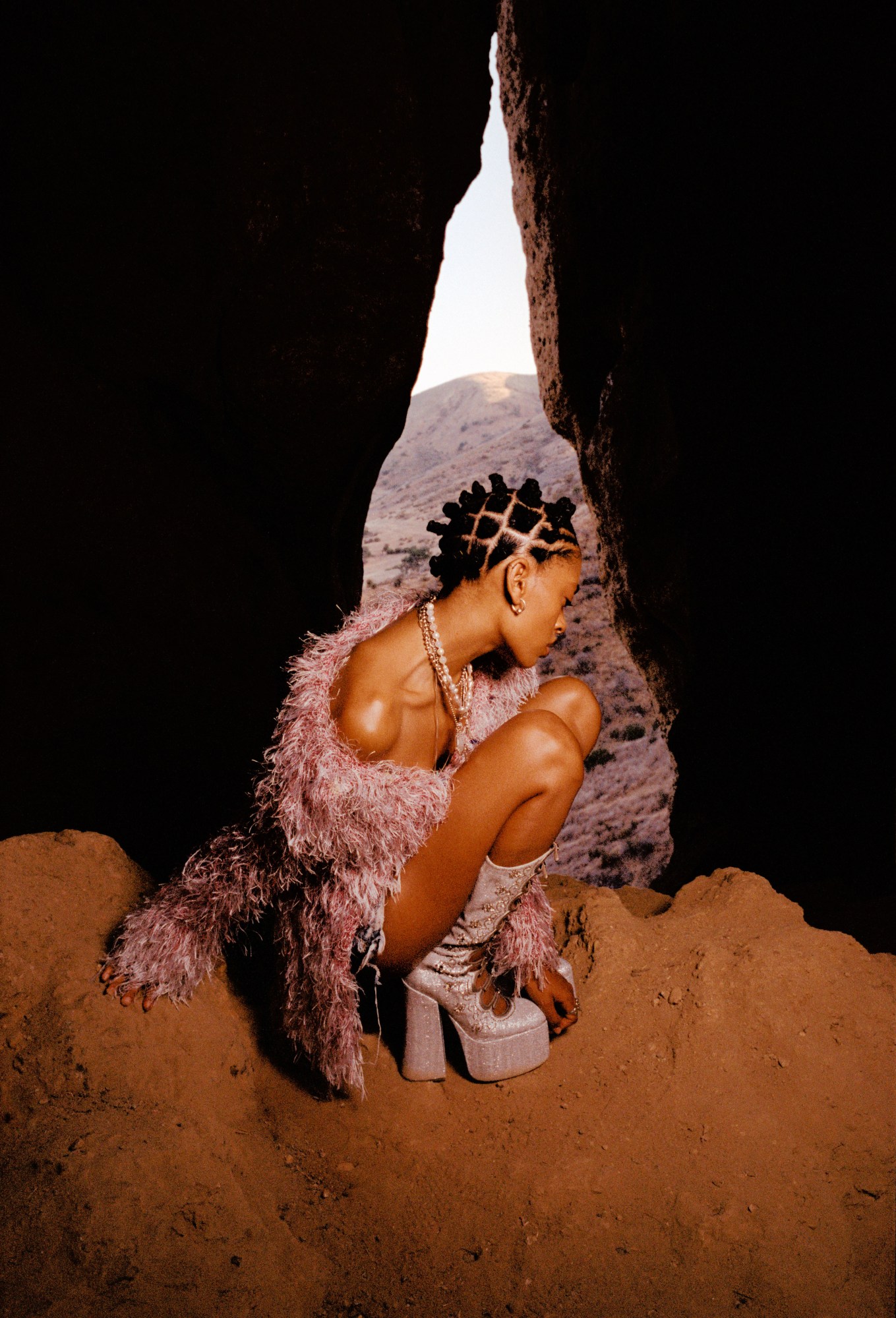
The seed of the project that became Tummy Ache, developed between gigs and personal projects, began in a cave with the model-musician Annahstasia Enuke. “I didn’t want the shoot to just live on Instagram,” Zamar says. “We look at a post and it’s like, ‘Oh, this is cool.’ Bam. Next thing. And it just gets lost in the media we consume that’s being made all the time.”
Zamar carries this same idea of legacy into his community work. In between jobs for Nike and Converse, he helps run the Black Image Center alongside fellow artists Kalena Yiaueki, Maya Mansour, Haleigh Nickerson, Samone Kidane, and Michael Tyrone Delaney. They came together digitally during the pandemic with a shared vision for today and tomorrow’s Black photographers that begins and ends with accessibility. Last year, the collective-turned-nonprofit opened a community art space in west Los Angeles to connect Black youth with the tools and services for creative pursuits. It’s a versatile space that offers free equipment rentals, printing services, film refrigerators, camera clinics, mentorship workshops and more, while they continue to raise money and awareness.
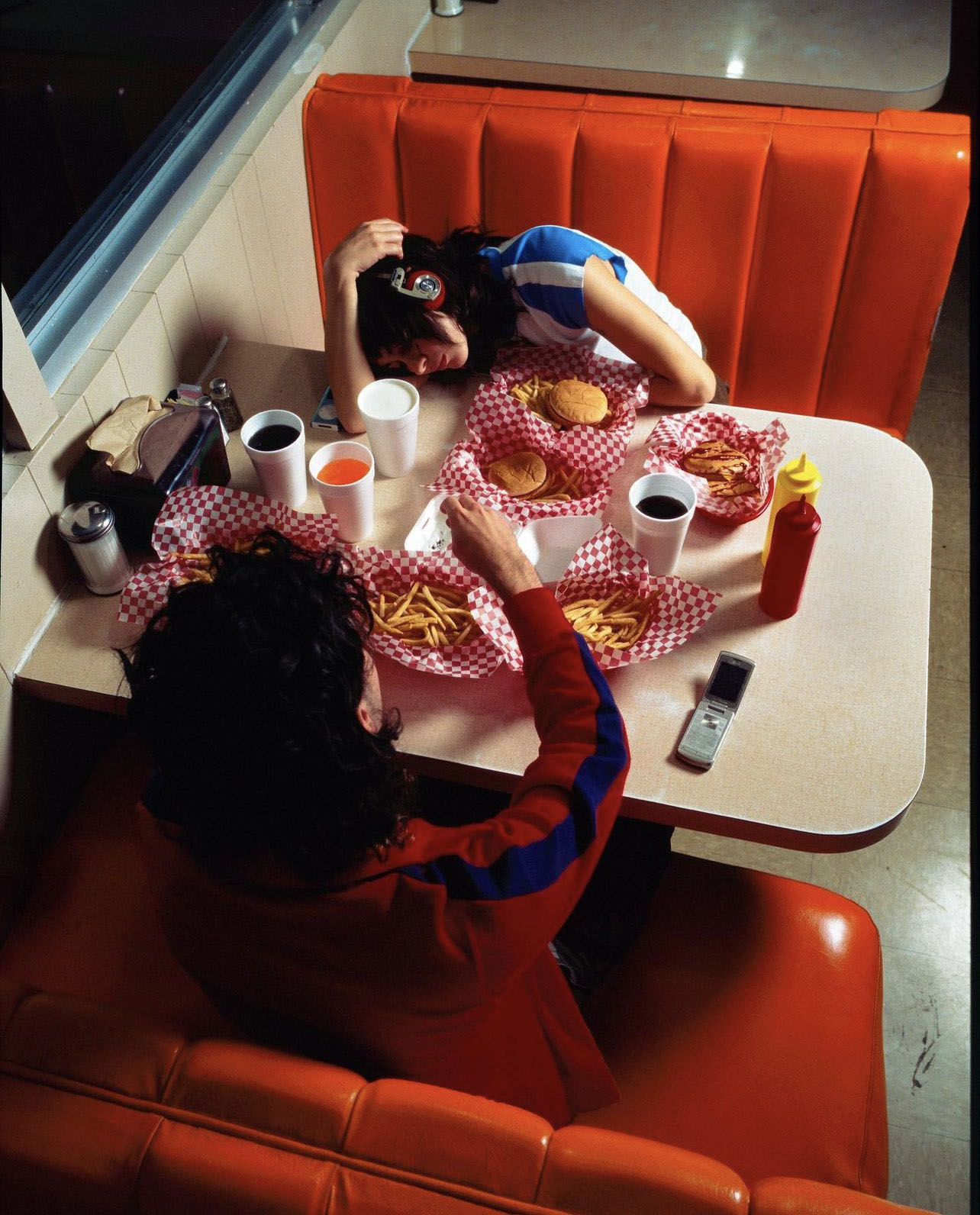
“Initially, we just wanted to have a studio where people could come and take photos, but now it’s become something else entirely, and we’re trying to keep this space going for a while,” Zamar says. It’s a brighter future through their lens, where the kids are alright after all. “We want it to be bigger than we imagined and outlive us.”

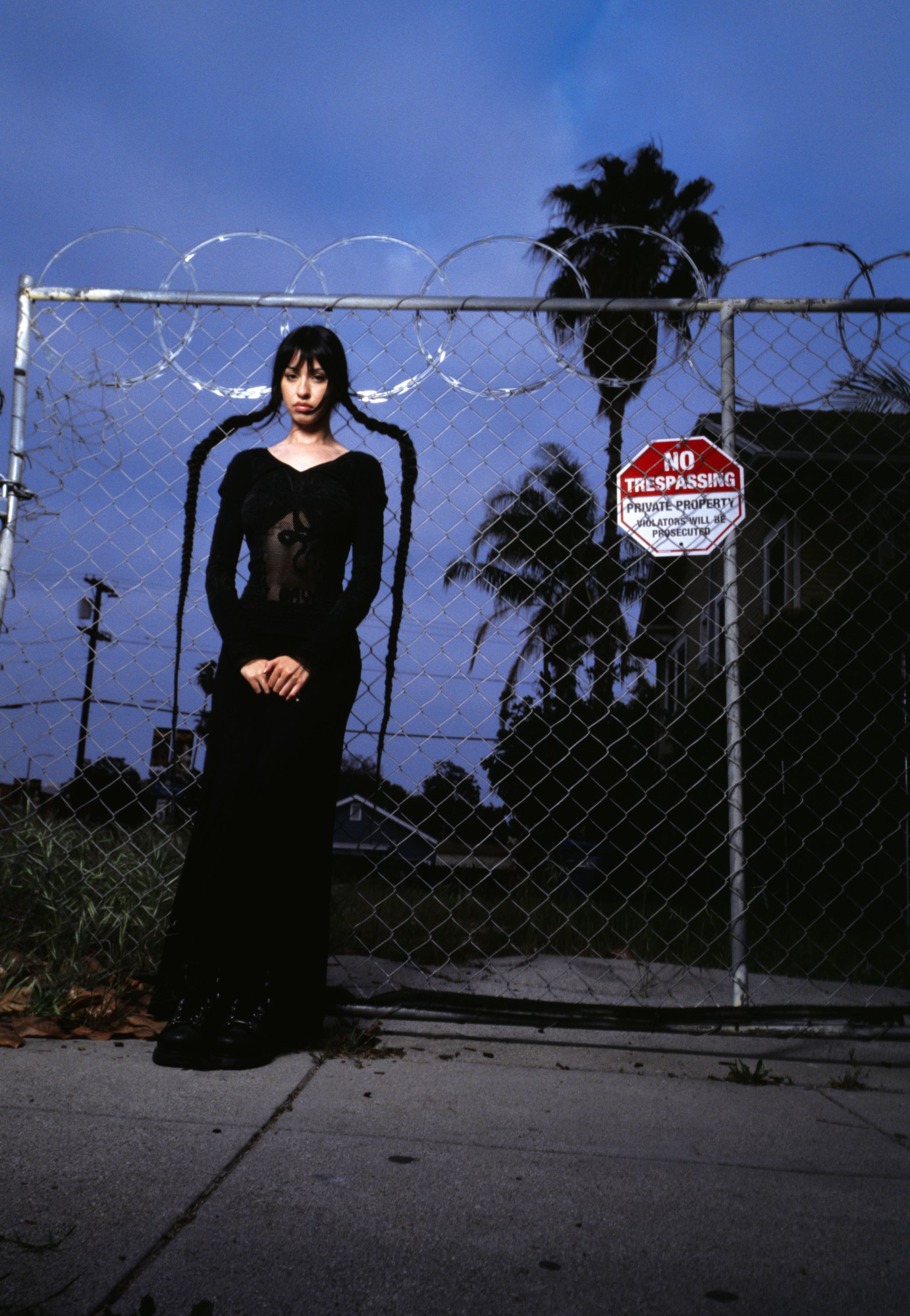
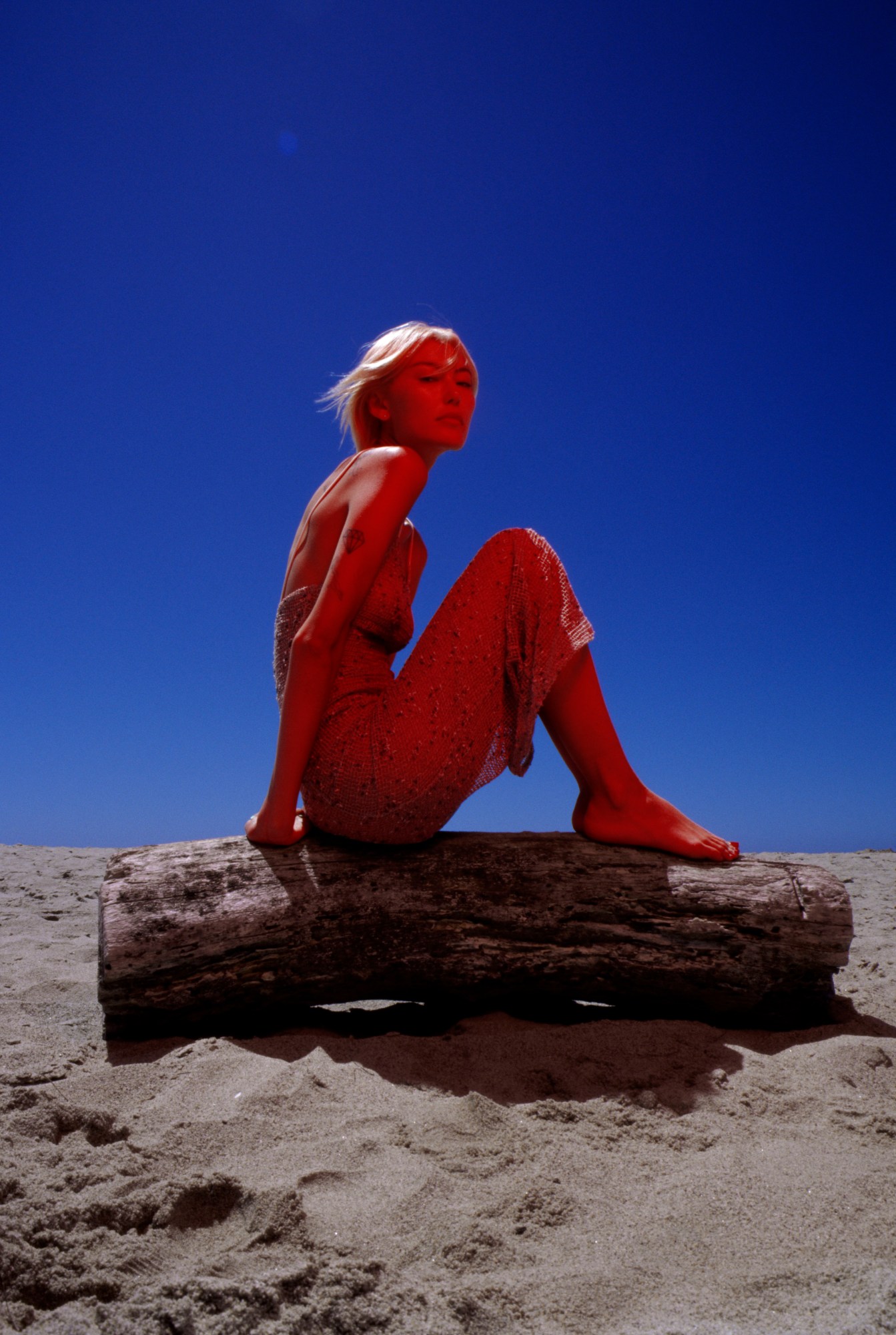
Credits
All images courtesy of Zamar Velez
